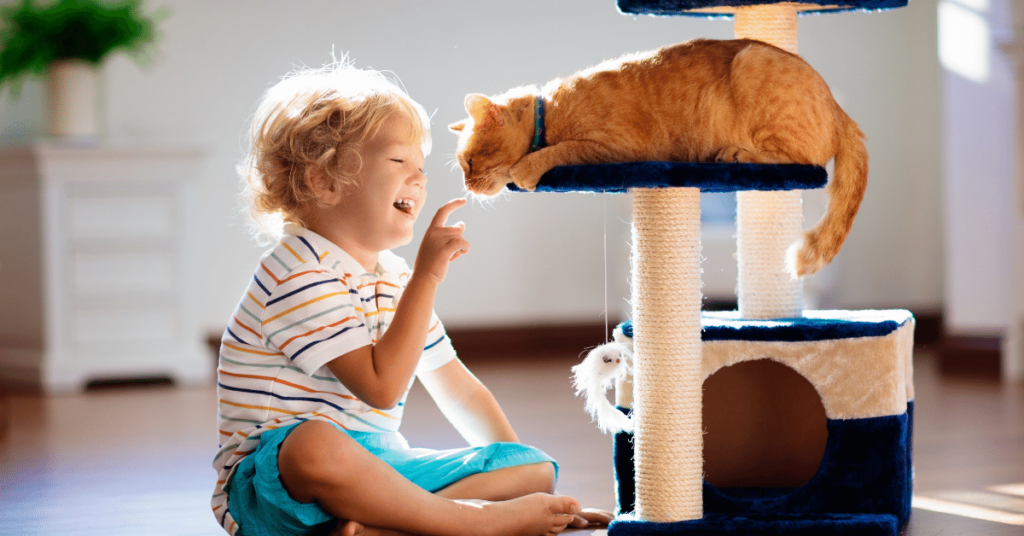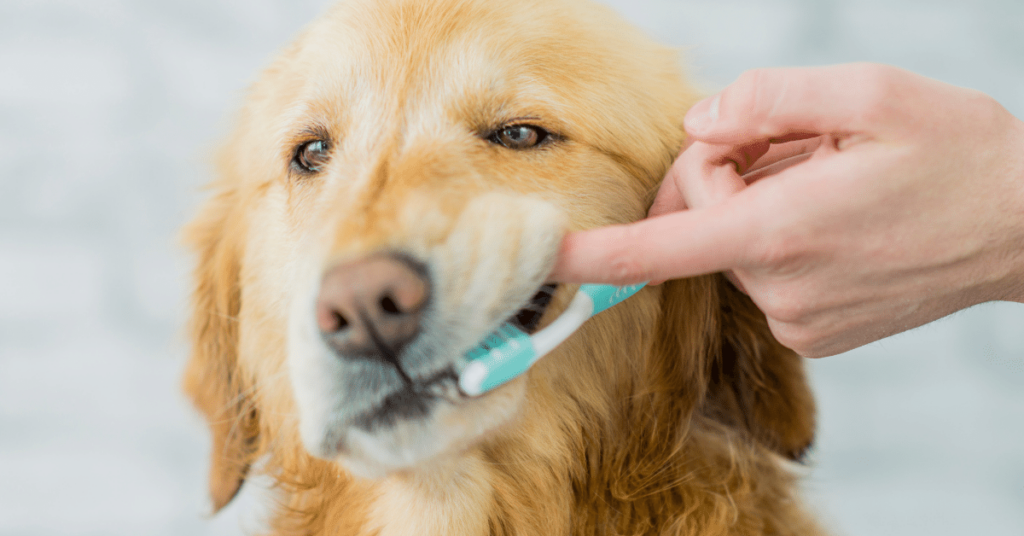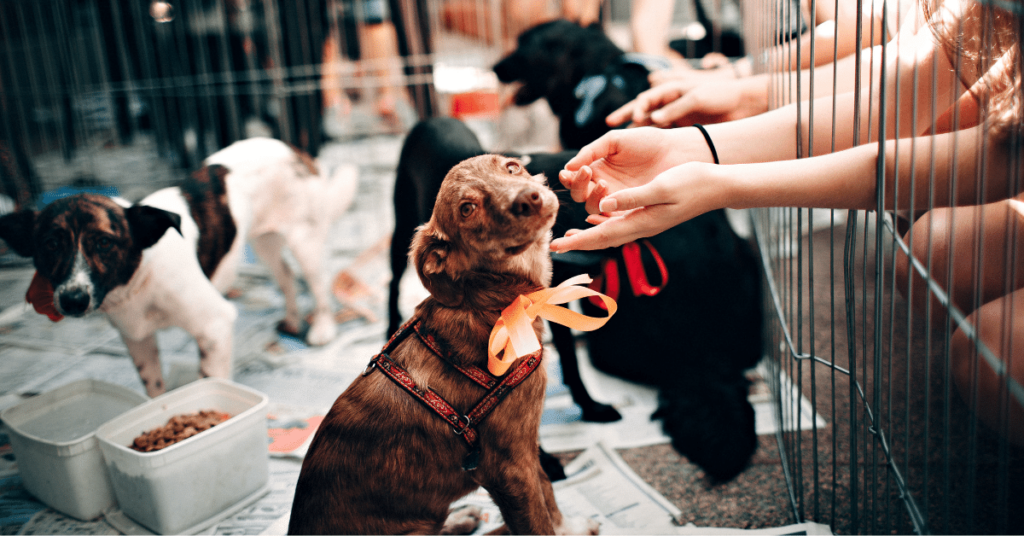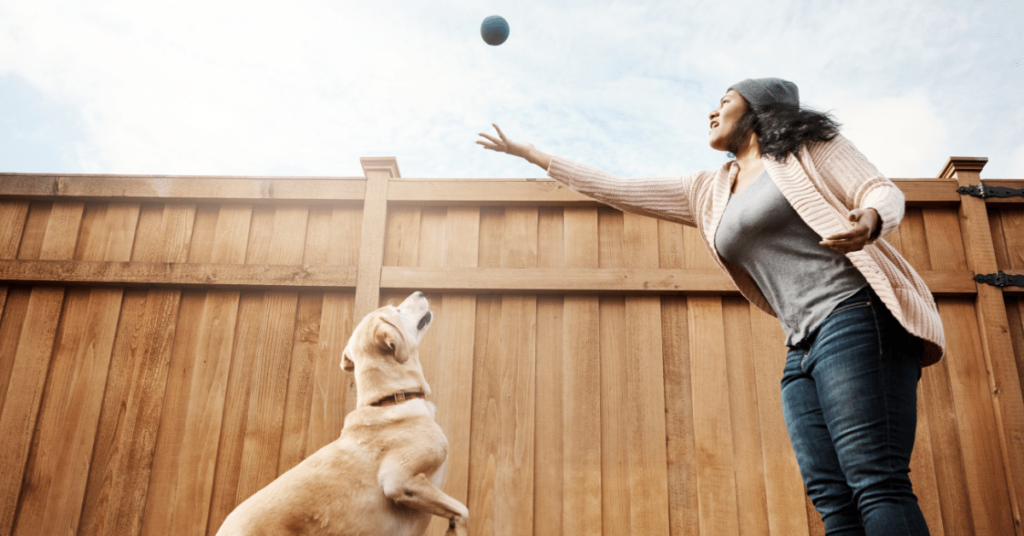Introduction
Raising children with pets can be a wonderful experience. Not only do they provide companionship and unconditional love, but they also teach kids important life lessons about responsibility and empathy. However, it is crucial to teach children about responsible pet ownership and ensure their safety around animals. In this article, we will explore the significance of pet adoption in teaching kids these valuable lessons and discuss some essential tips for child safety when it comes to owning a pet.
Teaching Responsibility through Pet Adoption
Fostering empathy and compassion
Bringing a pet into your family through adoption is an excellent opportunity to teach your children about the importance of empathy and compassion. By adopting a pet from a shelter and giving it a forever home, kids learn that every animal deserves love and care. They understand the concept of rescuing and taking responsibility for a living being that relies on them. These lessons can shape their character and help them grow into compassionate individuals.
Understanding the commitment
When you adopt a pet, it’s essential to explain to your kids that pet ownership is a long-term commitment. Owning a pet involves daily care, feeding, exercise, and regular veterinary visits. Children should understand that a pet is not a temporary plaything but a lifelong companion. By discussing these responsibilities openly, kids will learn the importance of commitment and accountability.
Promoting a sense of routine
Caring for a pet requires maintaining a routine, which is an excellent way to teach children the value of structure and consistency. Feeding the pet at the same time each day, daily walks, and playtime help instill discipline and responsibility in young minds. By actively involving your kids in these routines, they learn to prioritize and manage their time effectively.
Ensuring Child Safety around Pets
Choosing the right pet
When adopting a pet, it is crucial to consider the safety of your children. Some pets may not be suitable for families with small children. Research different breeds and their temperaments to find a pet that is known for being gentle and patient with kids. Additionally, consider the age and activity level of your children to match them with a pet that can handle their energy.
Supervision is key
Regardless of how well-trained and gentle a pet may be, it is vital to supervise any interaction between your children and the pet. Even the most well-behaved pets can become overwhelmed or provoked, leading to accidents. Always be present when your children are around the pet, especially during the initial stages of their bonding. Educate your kids about respecting the pet’s boundaries and avoiding behaviors that may agitate or scare them.
Teach proper handling techniques
Children should be taught how to handle pets gently and respectfully. Help them understand that pulling tails, ears, or fur can cause pain and distress to the pet. Encourage soft petting and explain the importance of allowing the pet to come to them instead of imposing themselves on the animal. By teaching these proper handling techniques, you promote a safe and comfortable environment for both the child and the pet.
Educating about pet signals
Educate your children about the body language and signals that pets display when they are scared or uncomfortable. Help them recognize signs of stress, such as flattened ears, growling, hissing, or a tucked tail. Teaching your kids to understand and respect these signals can prevent accidents and ensure a harmonious relationship between the pet and your family.
Summary
Bringing a pet into your family through adoption is a rewarding experience for both children and parents. It teaches kids valuable life lessons about responsibility, empathy, and commitment. By adopting a pet, children understand the significance of rescuing animals, while also learning the importance of routine and structure. However, it is crucial to prioritize child safety when it comes to owning a pet. By choosing the right pet, supervising interactions, teaching proper handling techniques, and educating about pet signals, you can ensure a safe and loving environment for both your child and your furry friend.







